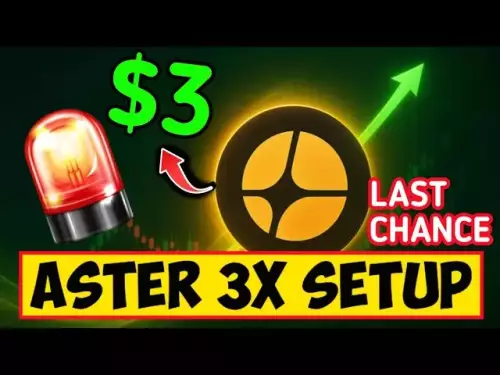Dankrad Feist, a key Ethereum researcher, joins Stripe's Tempo, sparking debate. Is a stablecoin-focused chain the future, or are we fragmenting the ecosystem?

The crypto world is buzzing with the news of Dankrad Feist, a prominent Ethereum researcher, joining Tempo, Stripe's new payments-focused blockchain. Is this a strategic move or a sign of a larger shift in the blockchain landscape?
Feist's Leap: Ethereum's Loss, Tempo's Gain?
Dankrad Feist's move to Tempo is significant. He's been a major contributor to Ethereum, especially in scaling solutions like Danksharding. Vitalik Buterin himself acknowledged Feist's contributions. While Feist will remain an advisor to Ethereum, his primary focus shifting to Tempo raises eyebrows.
Stripe, backed by Paradigm, is clearly serious about Tempo. Hiring Feist signals their intent to build a technically robust chain capable of competing with established players like Solana and Ethereum. Patrick Collison, Stripe's founder, envisions Tempo as a solution for fast, cheap, and predictable stablecoin transactions, crucial for merchants and treasuries.
Tempo: Another Chain in the Crowd?
The crypto community is divided. Some see Tempo as a necessary innovation, a dedicated chain optimized for stablecoin payments. Others question the need for another blockchain, fearing fragmentation and potential centralization issues. Joe Petrich from Courtyard bluntly stated, "No one wants another chain." Devansh Mehta, another Ethereum Foundation researcher, wondered why Tempo isn't simply an Ethereum Layer-2 solution.
The argument against new chains centers on the idea that they require their own validator sets, potentially leading to centralization and increased legal scrutiny. Moreover, some believe that Layer-2 solutions are already addressing the scalability and cost issues that Tempo aims to solve, albeit with their own set of challenges like potentially cannibalizing Ethereum's revenue.
The Stablecoin Chain Race Is On
Tempo isn't alone in the stablecoin-focused chain arena. Circle is developing Arc, and Tether is actively pushing Plasma. All three share the same goal: instant, low-fee stablecoin transfers. This suggests a growing belief in stablecoins as a key component of future global payment systems.
My Two Satoshis
While the potential for fragmentation is a valid concern, I think the focus on stablecoin efficiency is crucial. Ethereum is great, but sometimes a specialized tool is better than a Swiss Army knife. If Tempo can deliver on its promise of faster, cheaper transactions, it could be a game-changer for merchants and everyday users. However, they need to overcome the community skepticism and prove their value proposition. The success of Tempo will depend on building a robust ecosystem and attracting users and developers. It is definitely a bold move for Stripe.
So, will Tempo be the next big thing, or just another flash in the pan? Only time will tell. But one thing's for sure: the race for stablecoin dominance is heating up. And with brains like Dankrad Feist on board, Tempo's definitely a contender. Now, if you'll excuse me, I'm off to buy a Tempo-themed t-shirt... just in case.














































































